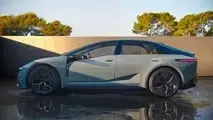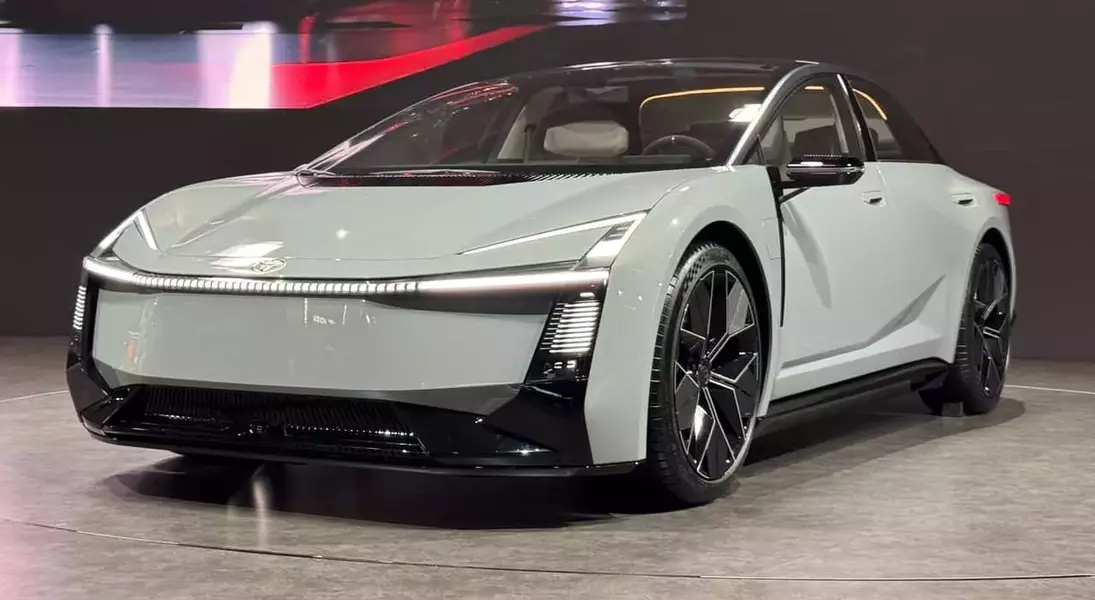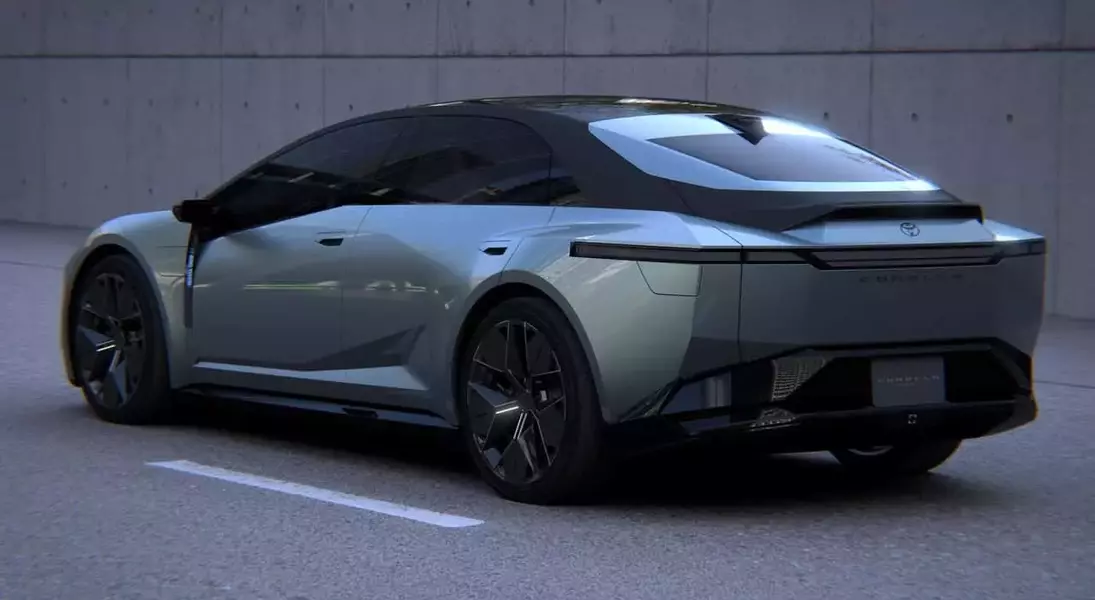









Toyota, consistently holding its position as the leading global automaker, is now embarking on an ambitious strategy to extend the product life cycles of its major models to a full nine years. This marks a significant shift from their previous average of five to seven years, a move driven by the company's robust sales performance and a forward-looking vision focused on technological advancement.
Toyota's Vision: Longer Life Cycles for Enhanced Innovation and Customer Satisfaction
In a bold strategic shift, Toyota, the perennial global automotive powerhouse, has announced its intention to extend the life cycle of its core models, such as the widely popular Corolla and RAV4, to an impressive nine years. This decision, emerging from a period of sustained high demand and impressive sales figures, is not merely about maintaining existing designs but rather a calculated move to dedicate more time and resources to crucial areas of modern automotive development: software integration and electrification.
Toyota's Chief Financial Officer, Kenta Kon, recently underscored the overwhelming demand for their vehicles, highlighting the company's struggle to keep pace with orders. This robust market position provides Toyota with a unique opportunity to prolong the life of its successful models without immediate concerns of customer attrition. The company is confidently projecting a full-year sales forecast of 9.8 million vehicles for 2025, representing a healthy 4.7 percent year-over-year growth, further solidifying the foundation for this extended life cycle approach.
Historically, Toyota has already been known for longer product cycles compared to many competitors. The current Corolla, for instance, launched in 2018, and its successor is not anticipated for at least another two years. The outgoing RAV4 enjoyed a seven-year run. More strikingly, the 4Runner's previous generation lasted 15 years, and the legendary Land Cruiser 70 Series has been in continuous production for an astonishing 41 years. These examples demonstrate a historical precedence and consumer acceptance of Toyota's durable designs.
The primary motivations behind this extension are two-fold. Firstly, it allows Toyota engineers and developers more time to implement sophisticated over-the-air software updates, ensuring that vehicles remain technologically current and offer an evolving user experience throughout their lifespan. Secondly, it provides a crucial window for refining and integrating advancements in electrification technologies, benefiting both hybrid and pure electric vehicle offerings with continuous improvements.
However, this strategy has not been universally embraced. Some domestic dealerships have voiced concerns regarding potential diminishing returns. They fear that prolonged model runs might necessitate deeper discounts to attract buyers in later years, thereby eroding their profit margins. In response, Toyota has assured its dealer network of stable wholesale pricing throughout the nine-year cycle, aiming to mitigate these financial anxieties and maintain a mutually beneficial partnership.
Ultimately, this approach hinges on consumer preferences. While some car enthusiasts eagerly await the newest models, a significant segment of buyers appreciates the reliability and proven quality of vehicles that have undergone extensive refinement. The notion that early production models often present "teething issues" that are resolved in subsequent iterations resonates with many. In an era where software functionality increasingly defines the driving experience, the prospect of purchasing a thoroughly matured and continuously updated product holds considerable appeal for discerning customers.
Toyota's decision to prolong its car life cycles reflects a thoughtful response to evolving market dynamics and technological imperatives. By prioritizing software refinement and electrification, the company aims to deliver increasingly sophisticated and dependable vehicles, potentially redefining consumer expectations for product longevity and value in the automotive sector. This strategy could set a new benchmark for industry practices, emphasizing sustained improvement over rapid turnover, and ultimately benefiting the end-user with more polished and technologically advanced vehicles.
